Remote teams are not a new concept. Several organizations have been outsourcing development and support tasks to nearshore and offshore bases for more than a decade. And remote working is gradually increasing given the benefits it gives, like high productivity levels, lower costs, and access to a global talent pool.
With the recent COVID-19 outbreak, virtual teams and remote working have truly become mainstream and are being embraced by both employers and employees alike. But with such a rapid shift towards remote work culture poses its challenges despite it being the need of the hour.
Companies had little time to set up the necessary networking infrastructure and efficient processes to facilitate a smooth workflow and productivity. In this article, we will explain such key network monitoring challenges and give you suggestions on how you can tackle them efficiently with network monitoring software. Read on.
Poor Network Connectivity And Infrastructure
Unlike an in-house networking infrastructure, the network capabilities of a remote working model are an amalgamation of several smaller network setups. This can lead to inconsistent network performance. Handling network traffic would be more complex due to traffic coming from varied sources from different directions.
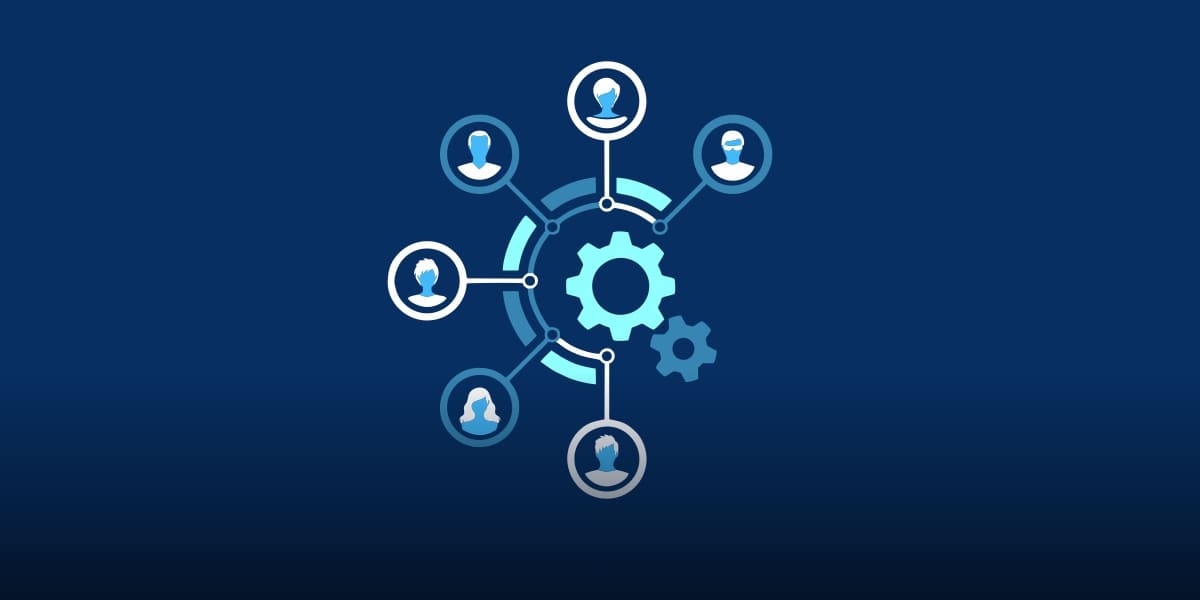
The quality of network systems and infrastructure at the different remote destinations vary, leading to overall low network performance. This can make it difficult to provide high-speed communication required by the remote automation tools and software applications used by employees and teams from remote locations.
Typically remote working solutions in work from home situations are built using consumer-grade equipment that cannot handle high loads. This can hamper smooth remote communication required during long video conferences and remote desktop operations. Designing optimized networks with alternate routes and backups to handle spikes in traffic can help maintain round the clock availability.
Security
As remote locations cannot be completely isolated from external traffic, extra attention must be paid to ensure there will be no data breaches. Most hacking attacks get through into your network social engineering and phishing attacks. Hence, employees must be trained on data privacy and protection.
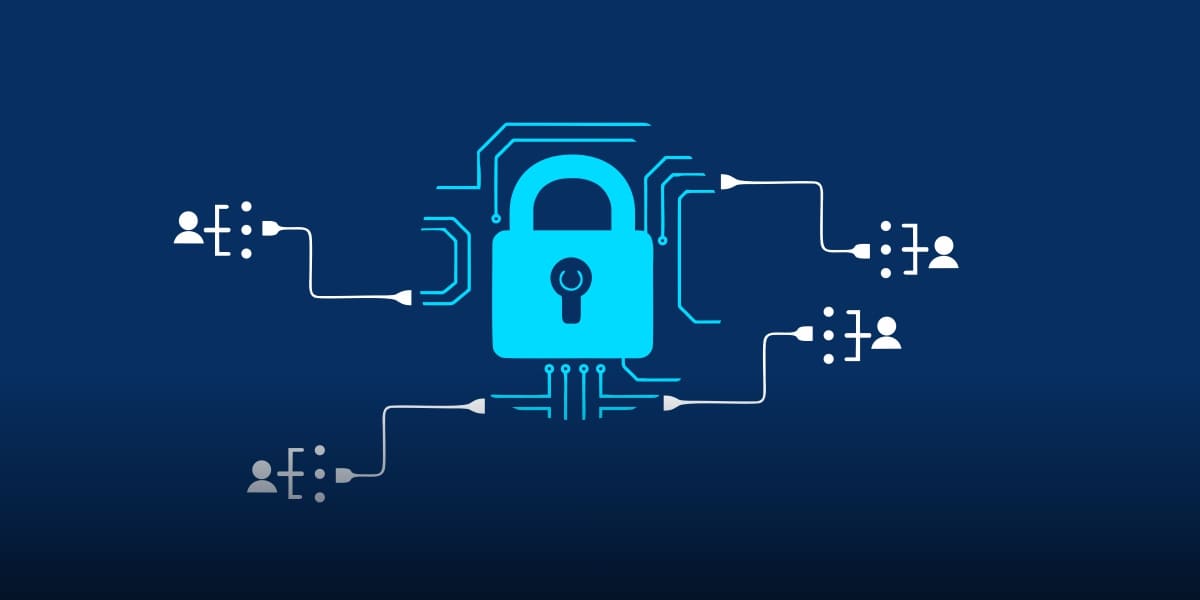
You can also make use of strong encryption methods, network scanning tools, and firewalls to protect your systems. But using many tools to protect security can add more difficulty in integrating these tools and monitoring them. Try to look for comprehensive solutions and find ways to balance security and network management efficiently.
Here are some factors you need to consider to design better security practices and protocols.
- Allowing personal devices to access company data should be limited.
- You can establish authorization techniques like two-factor authentication to allow your employees to access company data.
- IT support for authorized personal device usage.
- Employee training should be undertaken to bring awareness about phishing attacks.
- Updating the work from home SNF telecommuting policies as per the latest security and privacy terms and condition
- VPN setup and configuration.
Configuration Management
As more remote systems start connecting to your network, you will find it difficult to keep track of all the new connections and manage them. You will have to update your firewall rules frequently as and when required and ensure security policies are kept up to date.
Manual intervention for these tasks can be overburdening in your resources, so look for automated solutions to help keep your security and configuration systems up to date.
Cost
With remote working, you will have to support newer communication channels and IT applications which were not part of the traditional network. For instance, virtual meetings require the use of VoIP and video conferencing tools and applications. Adding these tools and the required supportive infrastructure and services can drive up your network management costs.
Running Scalable Networks
As more devices get configured and added to your network, you will have to take extra measures to maintain your network services’ quality. There will be a constant increase in the number of devices being added to your network. These new connections could be a possible point of failure you have to take care of.
Upgrading To New Vendors
The legacy software and systems you use were designed to work for the traditional networking model. While moving to a remote working model, you may have to consider upgrading your entire network architecture. Using up to date latest solutions will be more effective as they can facilitate interoperability and support for remote working.
But upgrades are always a costly affair. Besides the cost of the new upgrades, you will also have the expense of redesigning your network architecture and reconfiguring your devices to make them compatible with the latest technologies. You’ll have to find the right balance to make both the older equipment and newer ones work together.
VDI Limitations
Remote working involves accessing remote machines via virtual desktop infrastructure. But these solutions require users to stay online and connected. The performance and user experience will also be affected due to the latency in remote operations. To compensate for the lack of performance, you will have to scale up your servers’ computing power.
IT Support For Remote Workers
Probably, the biggest challenge in remote network management is the ability to provide IT support services to remote employees. IT support in traditional office spaces would mostly involve the technician dropping by and providing a solution in person. But with remote teams, network performance monitoring cannot be done effectively.
Virtual meetings and remote diagnosis may not be able to make up for the effectiveness of physical inspection. You will have to revamp your IT support infrastructure and bring about efficient ways to tackle IT issues on time. You can implement the new changes in different phases like remote only, office-remote hybrid, and office-only environments.
VirtualMetric To Help You Out
Making use of a good remote monitoring software can greatly minimize the complexities of the challenges listed above. VirtualMetric can help you monitor your network performance and provide consolidated reports on the various aspects of your network. Here are some of the ways VirtualMetric helps you:
- You can effectively monitor resource usage and share the load across your network with this network monitoring tool.
- Monitor network for suspicious activities and threats.
- Scan network for identifying performance bottlenecks and take care of issues before they lead to downtimes.
- Track resource changes and have up to date inventory reporting.
- Strengthen your security policies by identifying vulnerabilities via event and security logs
- Perform forensic analysis on any issue or security incident.
- Advanced IT management tools and a comprehensive dashboard to manage your network resources with ease.
So, do not let your remote team suffer because of network challenges. Deploy VirtualMetric network monitoring software now.

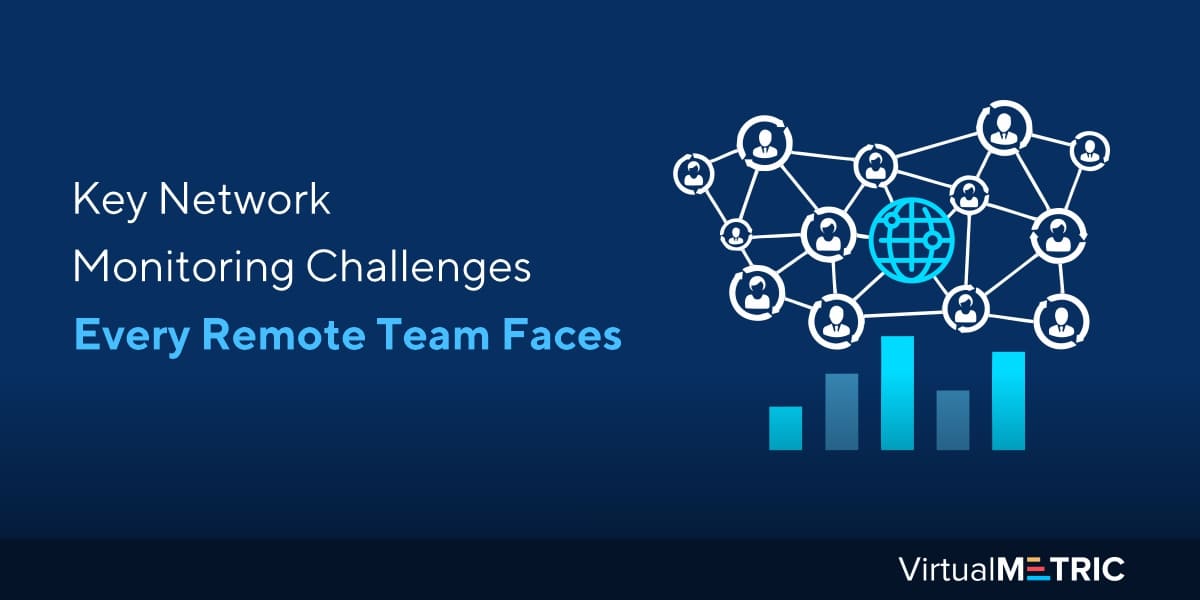
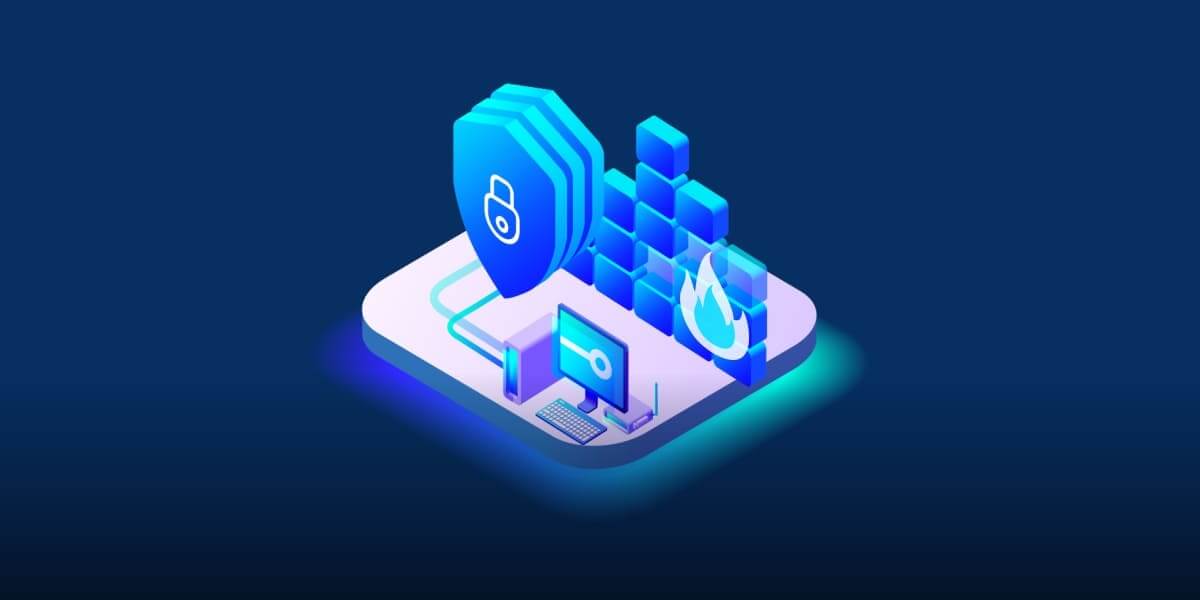
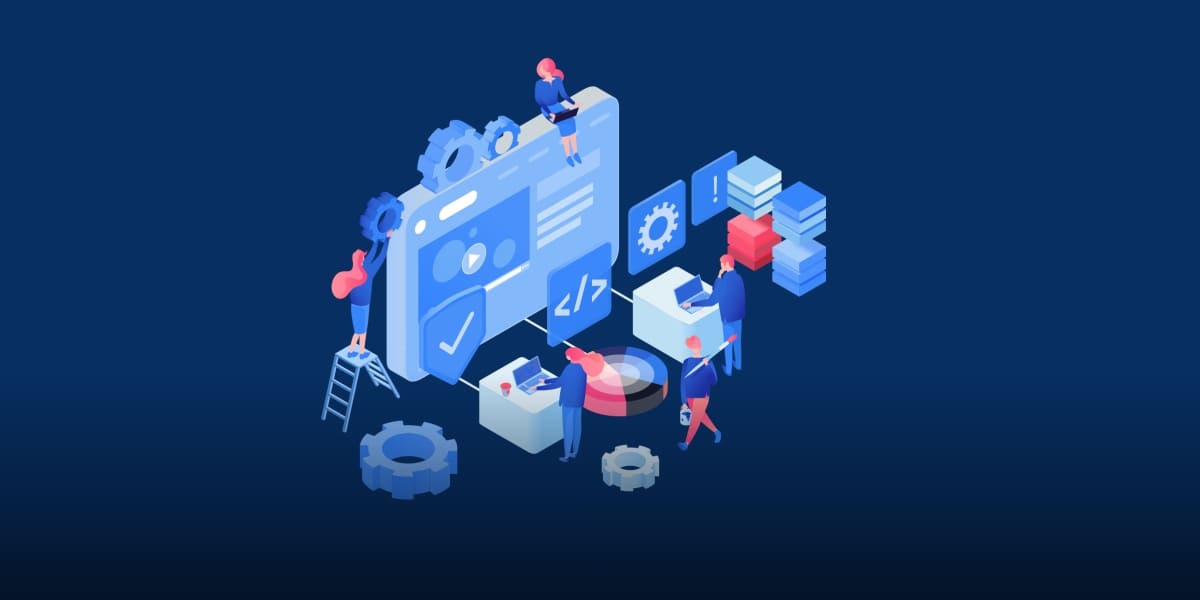
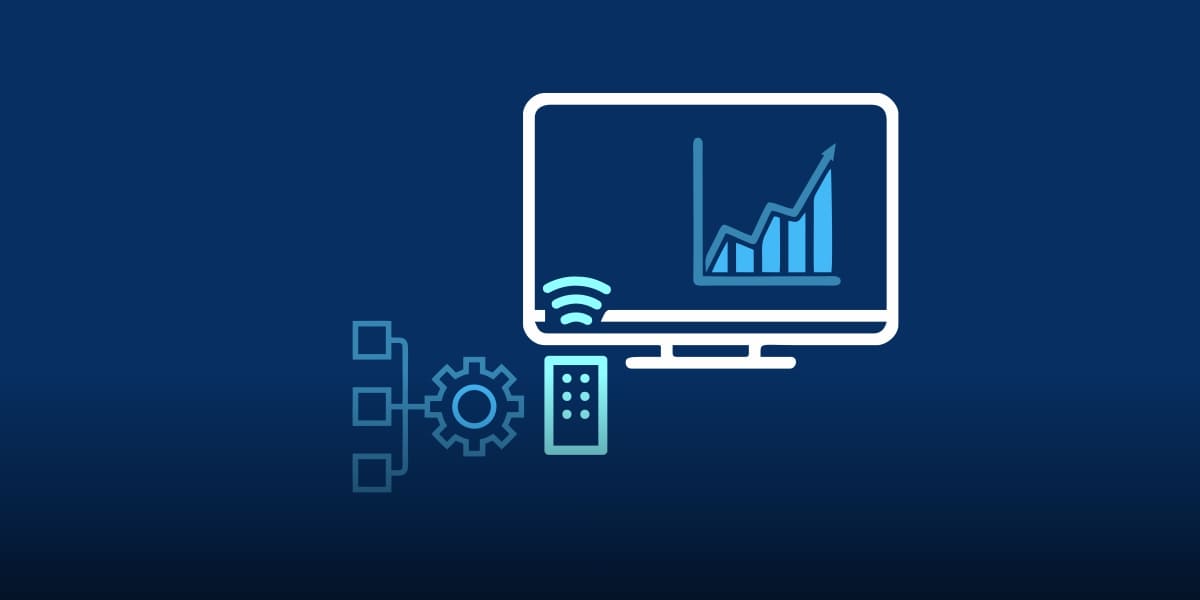
Leave a Reply